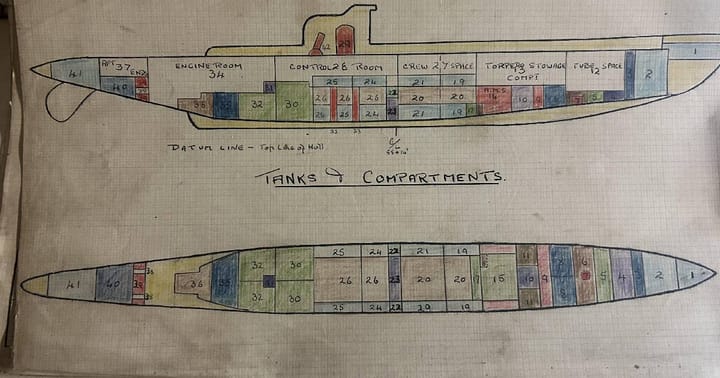The Fiat 500 is a wake-up call for politicians
Retro 500 points to the future
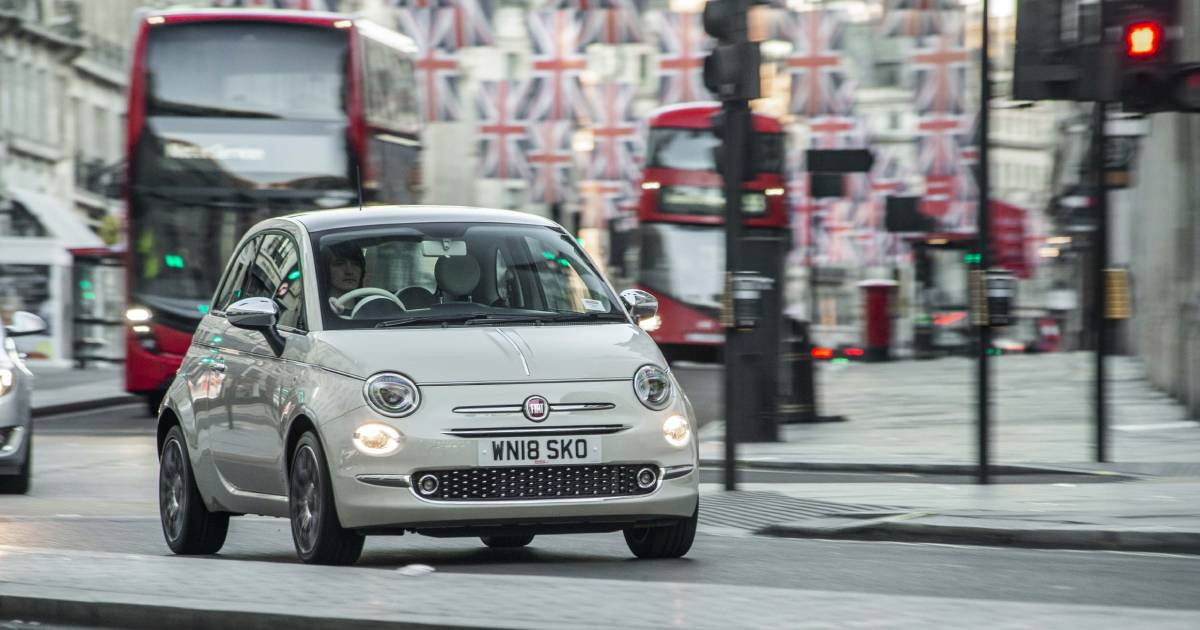
The Fiat 500 is a tenacious little car: the inspiration behind today’s model was sold for almost two decades from the late 1950s, with the 500 reappearing in 2007 as part of the retrowave that ran for a decade or so, and saw both Mini and the VW Beetle return to new-car showrooms.
While most cars have a shelf life of seven years or so, the 500 soldiers on from the decade-before-last fundamentally unchanged, today powered by a 1.0-litre three cylinder engine which is an old-school ‘mild’ hybrid, effectively meaning it has an enthusiastic stop-start system. The 500 is also one of a handful of new cars that can be bought for less than £20,000.
Both versions of the 500 have been enormously popular: over four million of the 1950s model found buyers, while its modern sibling, which is built in Tychy, Poland, looks to equal that, with three million sales by late 2022.
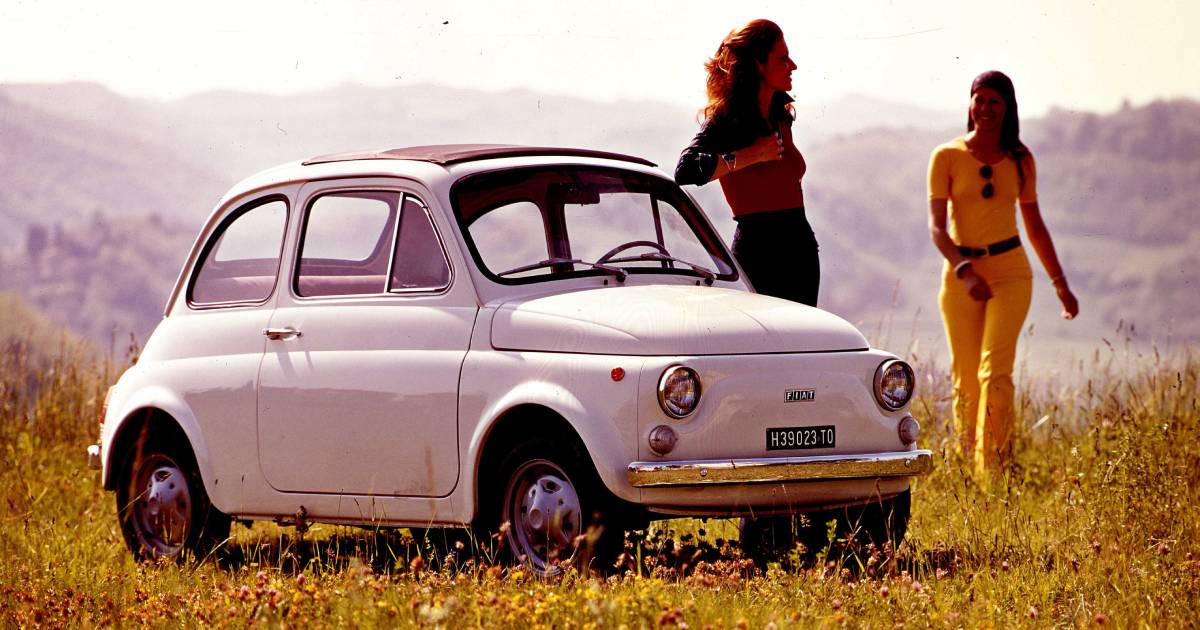
This is not the case with the electric Fiat 500e, however, which came to market in 2020, is built in Turin on a completely different mechanical platform to its petrol namesake, nudges the £30k mark, has an ‘official’ range of 199 miles (~140 miles on the road), and has not been the success its maker must have hoped for.
Reports indicate around 41,000 examples of the 500e found homes in the first eight months of 2023 across Europe; for reference, that’s roughly the number of petrol 500s sold in a good year in the UK.
But with panache that only our Continental cousins can manage, Olivier Francois, Fiat’s CEO, used a visit to the Mirafiori factory in Turin to announce that a new type of 500 will come to market “between late 2025 and early 2026”.
The new, new, new 500 will be called the 500 Ibrida, Italian for ‘hybrid’, and while details are scant at present, it will have a petrol engine and an electric motor, almost certainly making use of parent company Stellantis' modern 1.2-litre petrol-electric hybrid powertrain. Unlike the setup found in the current mild-hybrid 500, this can run on electric power at low speeds and under light acceleration. The Ibrida will be built in Turin alongside the electric 500e – not in Poland.
Fiat has not said so explicitly, but the 500 Ibrida must share its platform with the electric 500e because, in addition to the petrol car's backbone sadly reaching the end of its serviceable life, it makes zero industrial sense to build it in Turin otherwise.
The Tychy plant is clearly capable of producing as many current 500s as the market demands (implying its staff are skilled and persistent, and the factory surely a bargain for someone), but Fiat has said the Ibrida will “complement” the 500e in Mirafiori.
The Mirafiori factory seems to be underutilised: as well as being home to the 500e, it produces the Maserati Ghibli and used to host the Levante, with these cars seeing sales fall by 69% and 71% respectively in the first quarter of 2024 (Levante production recently ended).
Covering over two square kilometres and with around 20,000 staff at the complex as a whole, production at Mirafiori has been slowed or even paused of late; both its staff and the 500e’s platform must therefore be crying out for the success a petrol-electric 500 will surely bring.
Industry, policy and future
The Fiat 500 encapsulates decades of European automotive industry. The ‘original’ as we know it replaced the 500 Topolino that was produced from the mid 1930s to the mid ‘50s, but the 500 of 1957 embodied more optimistic times and enjoyed greater success.
The modern 500's popularity made it a prime candidate for electrification, so Fiat duly did what automotive policy indicated it should, launching the pure EV 500e. Buyers had other ideas and often chose other cars, though, likely partly due to the 500e offering comparable looks, but with less ability and greater costs than its petrol-powered sibling – in contrast to the modern 500, which improved the comfort and ability of the 1957 car, keeping its character and the values of the people behind it by being (almost) as affordable as a new car can be. Although purely speculative, the modern 500's core market must surely have been private rather than fleet buyer, and this can't have helped, either.
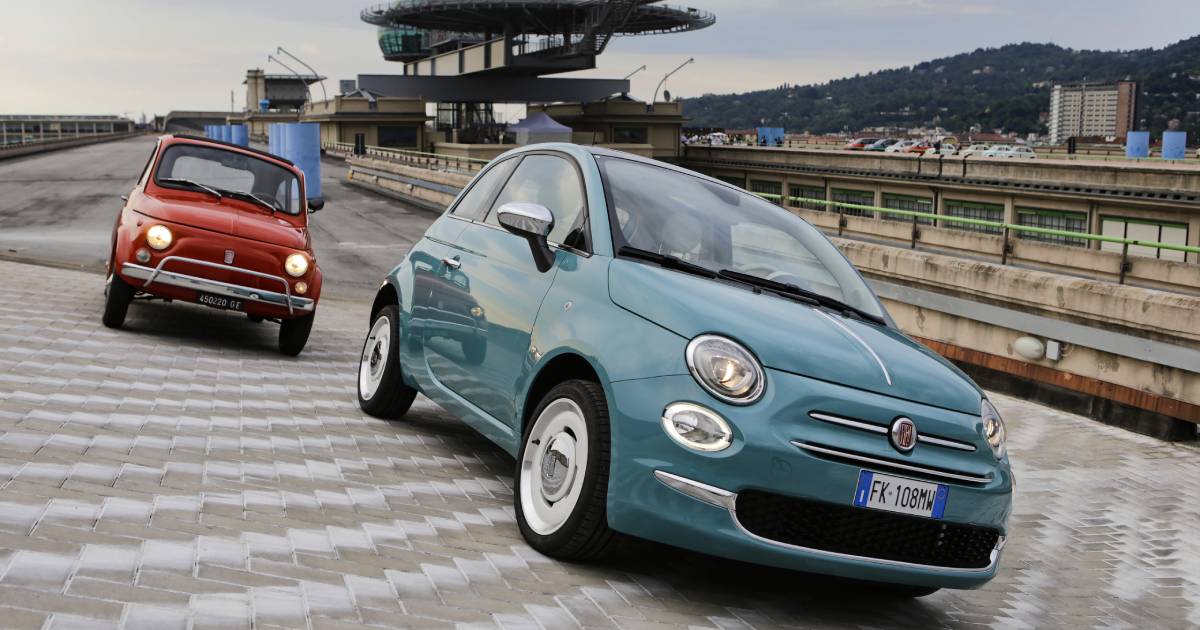
The announcement of another 500 rebirth, this time as what looks likely to be a ‘proper’ hybrid, marks something of a note of optimism, as while Fiat seems to have found out the hard way that electric cars are not always as in-demand as policymakers like to think they will be, it has opted to buck the trend and pivot away from the pure-EV portfolio that has been taken as such a given for years.
In an unusual step that is the first of its kind, Fiat also looks to be reengineering an electric car so it can accommodate a petrol engine. This is the reverse of what has been happening in recent years, as manufacturers who felt the need to get into an EV market quickly and didn’t have time to design a ‘ground-up’ electric car have previously tweaked petrol/diesel platforms to accommodate batteries and motors. For Fiat to do what looks to be the opposite, rejigging an EV platform so it can host a petrol engine, is significant.
This must be a wake-up call for policymakers in the UK and on the Continent that new pure-electric cars should not be the only future option, as, when unincentivised, buyers are put off by the limitations intrinsic to EVs.
Fiat is not the only company to have announced a change in strategy of late: in May 2024, the European boss of Ford’s EV division said the firm might restrict sales of petrol and diesel cars in the UK to avoid penalties imposed if a manufacturer sells more cars with engines than quotas allow.
Echoing stories are to be found across the industry: Toyota, Subaru and Mazda recently announced they would continue to develop engines for use with petrol-electric hybrid powertrains due to what Subaru’s CEO called “a deep understanding of their customers’ diverse lifestyles”. Mercedes said in February that it would push its electrification strategy back by five years and continue to develop engines, while BMW has made similar noises.
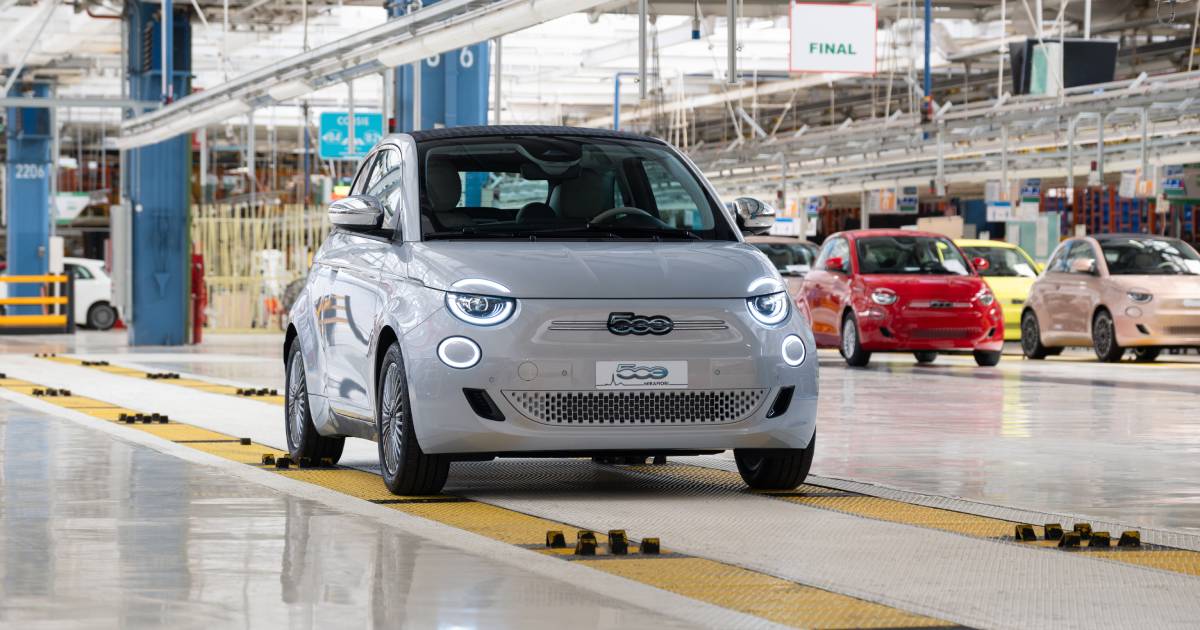
But it is the Fiat 500 that best encapsulates what should happen next to automotive policy in the UK and on the Continent: rather than push forward unheedingly with the ban on sales of new petrol and diesel cars that, as things stand, is due to come into force in 2035, politicians should take note of the decisions made by the businesses that operate within their domains.
More importantly, governments, be they national or continental, must listen to the citizens they represent and administer for, as this is surely democracy. These citizens are sending very clear messages with their wallets: electric cars are not the only answer, and the 2035 ban on the sale of new petrol and diesel cars should be altered to accommodate modern petrol-electric cars; these eek every last joule of energy out of a litre of fuel, reduce urban noise and exhaust pollution, and bring a profound drop in global carbon-dioxide emissions – all without calling for the sea change in driver behaviour that EVs require.
It is far easier to change words on a page than it is to retool an automotive platform, and if Fiat is able to alter a factory so it can produce, at scale and in a relatively short timeframe, a new model with an engine, then UK and European Union policymakers and lawyers can sit down with their laptops and hammer out a revised plan that allows cars with engines to be sold from new after 2035, while also accommodating manufacturers' long-term EV strategies. This is clearly what people want, there is still time to do this, and it should not be controversial to say so.

